Climbing Kilimanjaro, Africa's highest peak, is a remarkable adventure that beckons intrepid souls from around the world. Standing proudly in Tanzania, Kilimanjaro offers a variety of routes, each with its unique challenges and scenic wonders.
In this comprehensive guide, we will walk you through the essential aspects of climbing Kilimanjaro, helping you prepare for a journey that promises breathtaking views and a sense of accomplishment like no other.
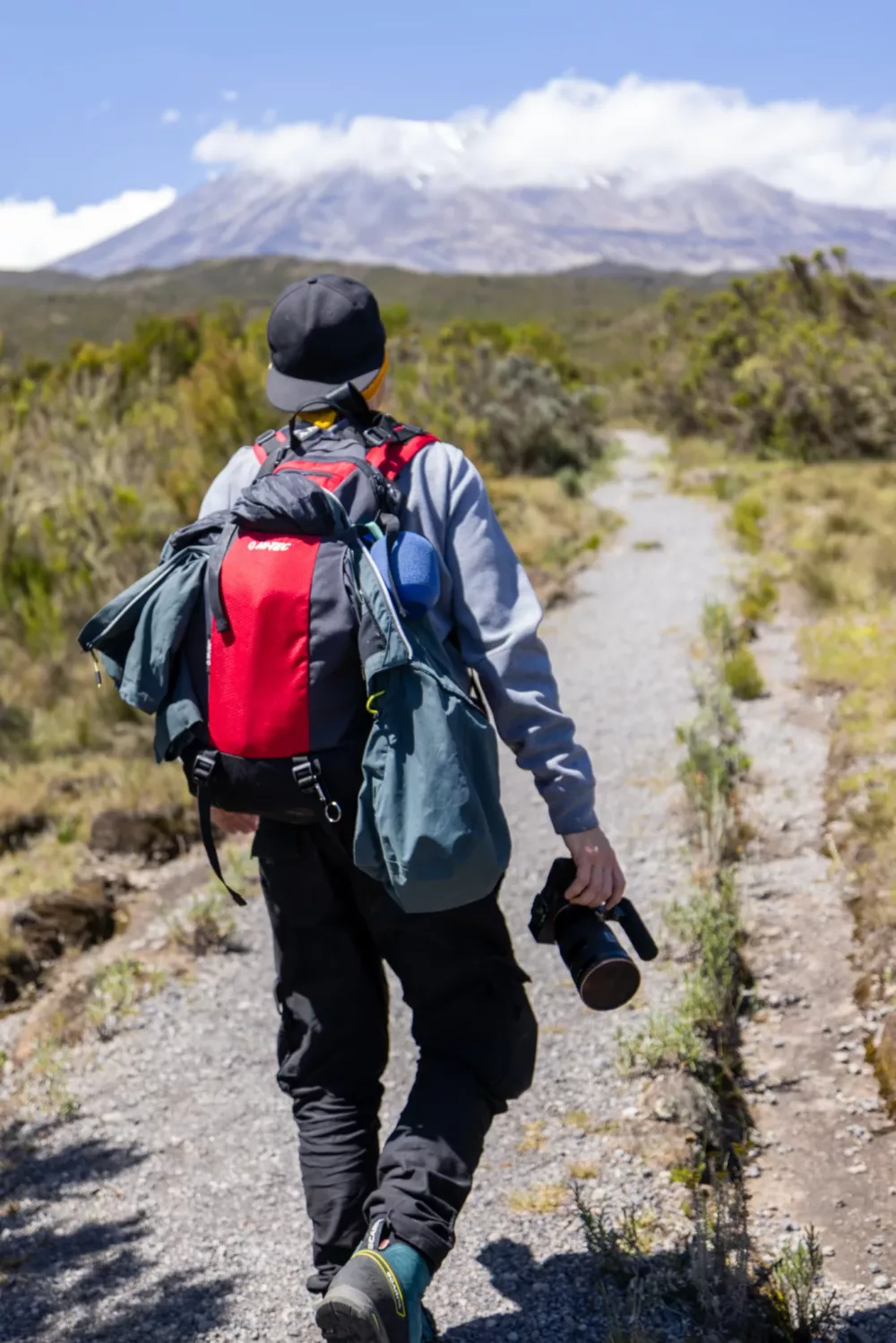
A Detailed Guide to Climbing Kilimanjaro
Selecting the Right Kilimanjaro Route
Choosing the right route is the first crucial decision when planning your Kilimanjaro climb. Each route offers distinct experiences in terms of scenery, difficulty, and duration. Here is an overview of the main routes:
| Route | Duration | Scenic Diversity | Difficulty | Success Rate | Altitude Gain |
| Machame | 6-7 days | Varied | Moderate | High | 4,820m (15,810ft) |
| Marangu | 5-6 days | Less diverse | Moderate | Moderate | 3,108m (10,203ft) |
| Lemosho | 7-8 days | Varied | Moderate | High | 5,895m (19,341ft) |
| Rongai | 6-7 days | Varied | Moderate | Moderate | 5,895m (19,341ft) |
| Northern Circuit | 9-10 days | Varied | Moderate | Very High | 5,895m (19,341ft) |
Preparing for Your Kilimanjaro Expedition
1. Physical Fitness
Climbing Kilimanjaro requires a good level of physical fitness. Prioritize cardiovascular and lower-body strength exercises in your training routine. Aim for hikes with elevation gain to simulate the conditions of the mountain.
2. Gear and Equipment
Investing in high-quality gear is crucial. Essential items include proper hiking boots, moisture-wicking clothing, a warm sleeping bag, and a comfortable daypack. Don't forget to pack essentials like a headlamp, trekking poles, and a refillable water bottle.
3. Acclimatization
Altitude sickness is a significant concern when climbing Kilimanjaro. To mitigate this risk, choose a route with a well-structured acclimatization schedule. Consider medications like Diamox and be prepared to communicate any symptoms to your guide.
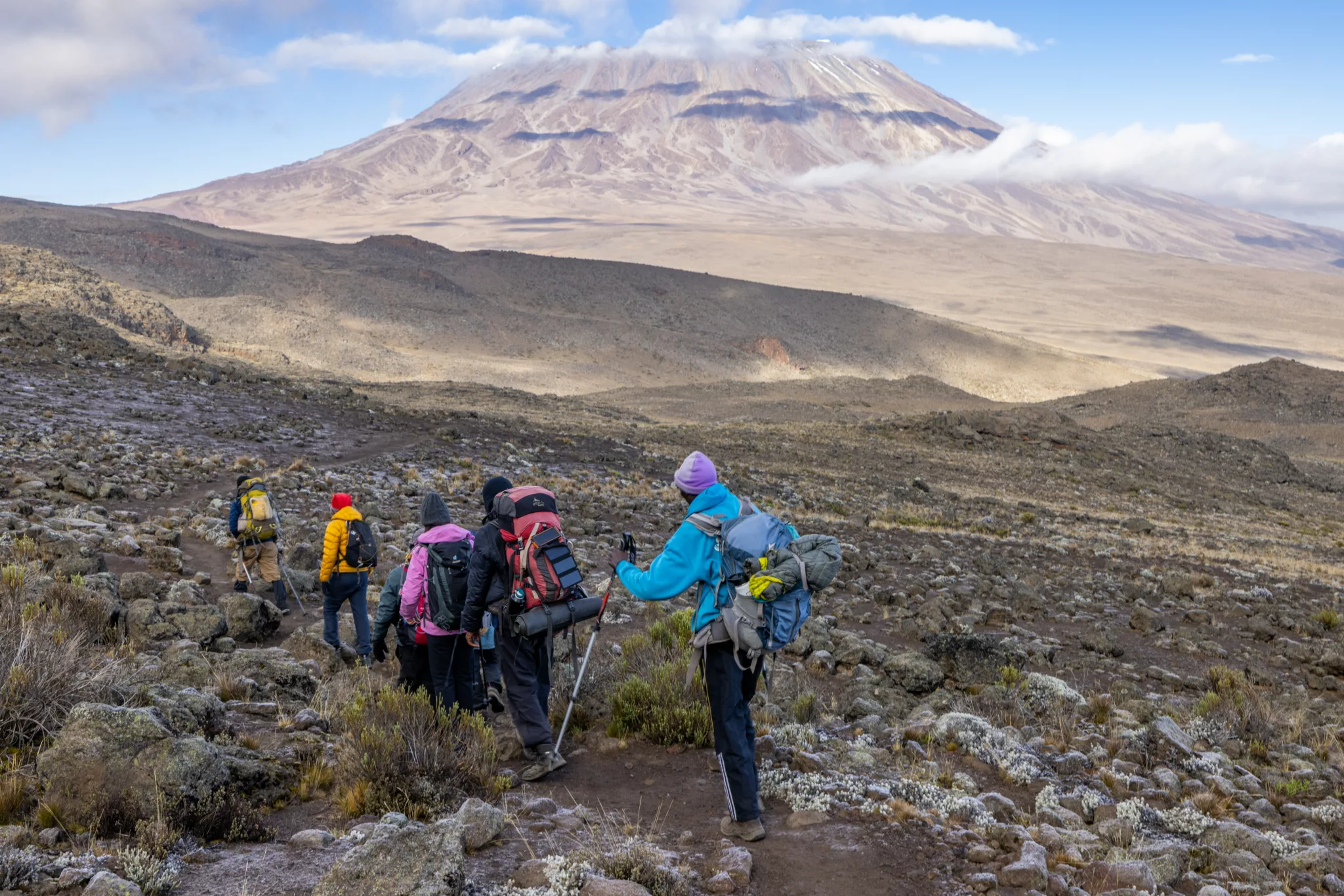
4. Permits and Tour Operator
Climbing Kilimanjaro requires a permit, which is best obtained through a reputable tour operator. Research and choose your operator carefully. Consider factors like their experience, safety record, quality of guides, and customer reviews.
The Kilimanjaro Climbing Experience
1. Base Camp
Your Kilimanjaro adventure begins at the trailhead. Each route has its designated starting point, and your team will handle logistics like permits and equipment.
2. Daily Routine
A typical day on the mountain involves hiking for several hours, breaking for meals, and reaching your camp for the night. Porters will carry most of your gear, leaving you to carry a daypack with essentials.
3. Altitude Gains and Acclimatization
Altitude gain varies depending on the route, but gradual acclimatization is key. Most routes incorporate rest days at higher altitudes to help your body adjust.

4. Summit Night
Summit night is a challenging ascent to the summit, typically starting in the early hours of the morning. The reward is witnessing the sunrise from Uhuru Peak.
5. Summit Celebration
Reaching Uhuru Peak is an emotional moment. Take in the breathtaking views, snap photos, and celebrate your achievement with your team.
6. Descending
After summiting, you'll descend to lower altitudes. This part of the journey can be equally taxing on your body, so take it slow and stay vigilant for any signs of altitude sickness.
The Pros and Cons of Climbing Kilimanjaro
Let's explore the advantages and disadvantages of climbing Kilimanjaro:
Pros
- Incomparable Scenery: Kilimanjaro offers stunning vistas, from lush rainforests to barren alpine deserts.
- Personal Achievement: Summiting Africa's highest peak is a remarkable accomplishment.
- Varied Routes: Kilimanjaro boasts diverse routes suitable for different skill levels and preferences.
- Cultural Experience: Interact with local guides and porters, gaining insight into the local culture.
- Wildlife Encounters: Spot unique flora and fauna on the lower slopes, including monkeys and colorful birds.
- Trekking Challenges: Kilimanjaro provides varied terrain challenges, ensuring an exciting trek.
Cons
- Altitude Risks: Altitude sickness is a real concern and can affect climbers at any time.
- Physical Demand: Climbing Kilimanjaro is physically demanding, requiring adequate fitness and preparation.
- Weather Variability: The mountain's weather can be unpredictable, with conditions ranging from hot to freezing.
- Long Duration: Climbs can take several days, increasing the overall cost and time commitment.
- Permit and Guide Costs: Permits and the cost of a tour operator can be significant.

Climbing Kilimanjaro is an adventure of a lifetime, offering a unique blend of physical challenges, stunning landscapes, and cultural experiences. With the right preparation, gear, and tour operator, you can embark on this journey and savor the unparalleled beauty of Africa's tallest peak.
Whether you seek personal achievement or simply wish to immerse yourself in nature, Kilimanjaro's trails beckon you to explore their wonders and make lasting memories at the "Roof of Africa," Uhuru Peak.


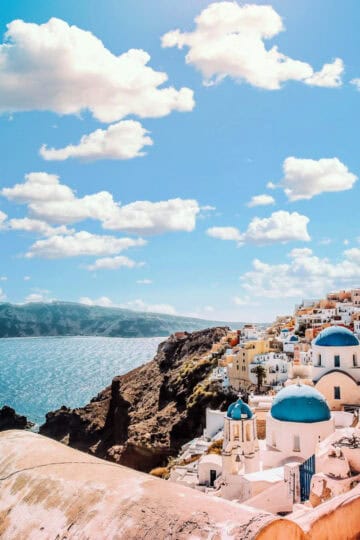
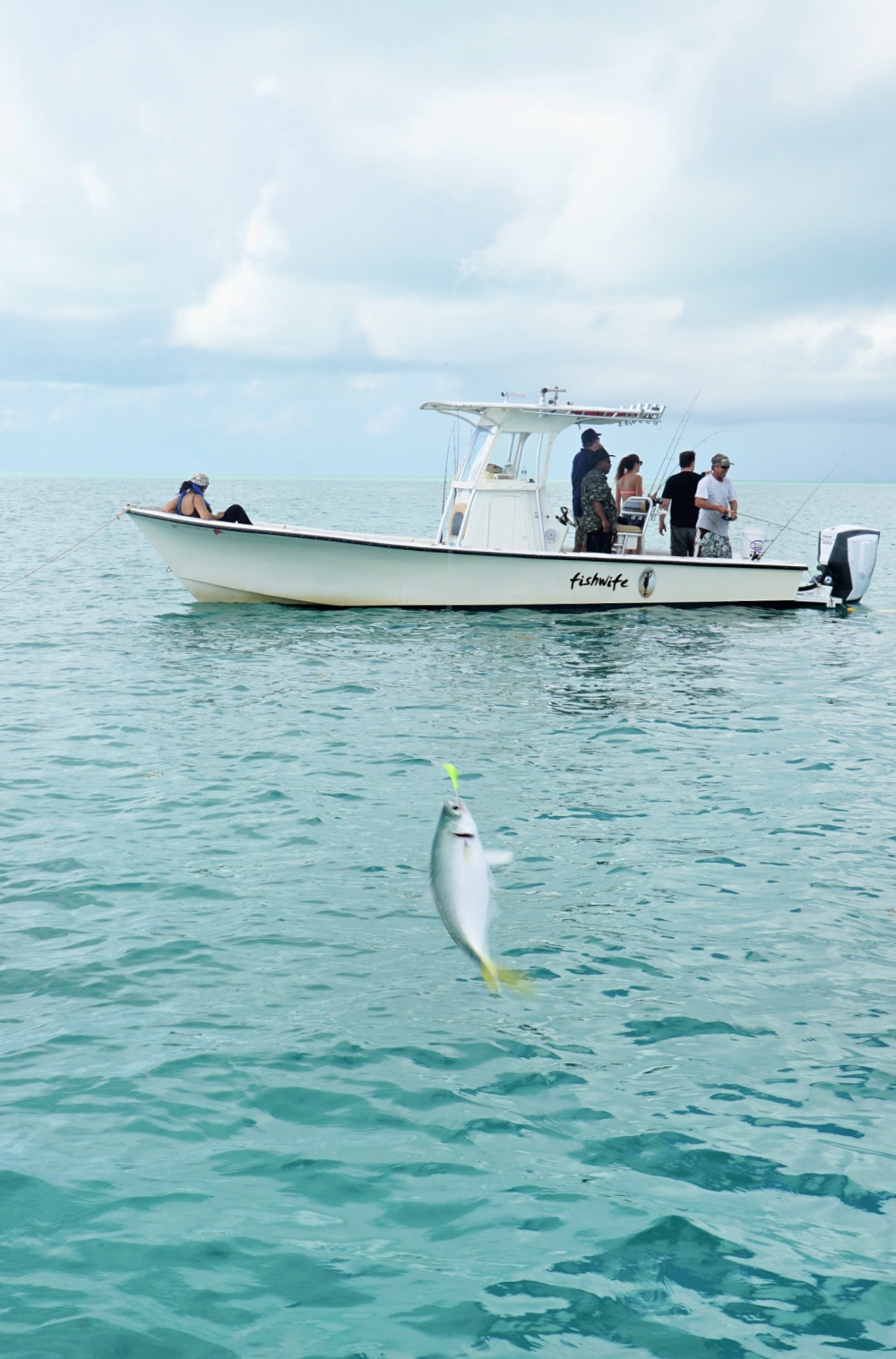
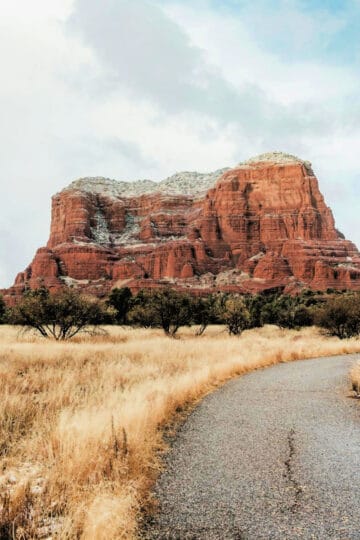
Leave a Reply